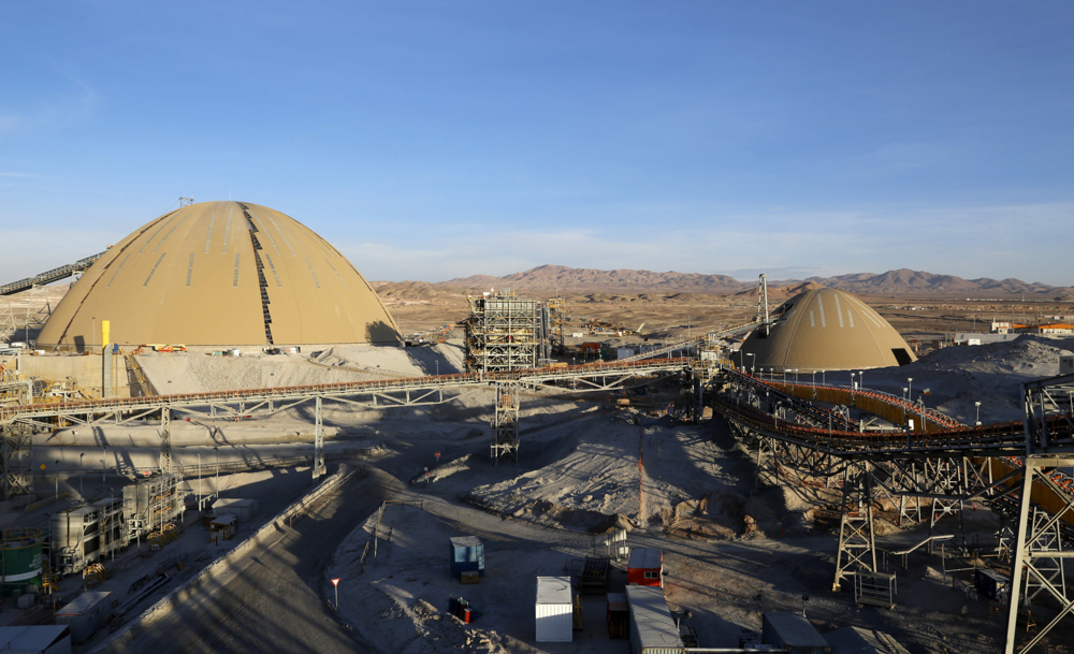
The Bureau of International Recycling (BIR) Ferrous Division meeting in Singapore focused on reducing carbon emissions in steel production. Industry experts discussed the difficulties in measuring carbon footprints across different steelmaking processes. They highlighted the importance of Recycled Steel Certification to ensure transparency.
Recycled Steel and Certification Standards
Adina Renee Adler from the Global Steel Climate Council (GSCC) highlighted that recycled steel in electric arc furnaces (EAF) has the lowest carbon footprint. While the GSCC encourages transparent emissions measurement, concerns arose over certification standards. Adler criticized ResponsibleSteel for allowing blast furnace producers to use a “sliding scale” for certification. This scale potentially undermines the benefits of Recycled Steel. Steel Dynamics Inc. and United States Steel Corp.’s Big River Steel both earned Recycled Steel Certifications for significant recycled content use.
The Green Debate and Economic Incentives
Patrick Davison from EMR Ltd. warned against vague uses of “green” by manufacturers. He, alongside George Adams from SA Recycling, emphasized that recycling reduces carbon emissions, but economic incentives sometimes take precedence. Incorporating recycled steel and certification can ensure authentic green practices in the industry. Adams pointed out Cleveland-Cliffs’ preference for ore-based production due to cost-effectiveness.
Strong Global Scrap Demand
Despite challenges, global scrap demand is high, especially from China, Turkey, and India. Adler reassured that no scrap shortage is expected. She encouraged better quality and emissions transparency in the recycling industry, with an emphasis on obtaining Recycled Steel Certification.
Encouraging Recycled Content in Steel Production
Adler urged support for the GSCC standard to boost recycled-content steelmaking. She called for industry collaboration to define “green” steel clearly and promote recycling’s benefits. She also advocated for Recycled Steel as a key factor in the process.











Leave a Reply
You must be logged in to post a comment.